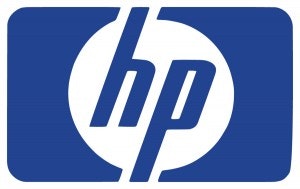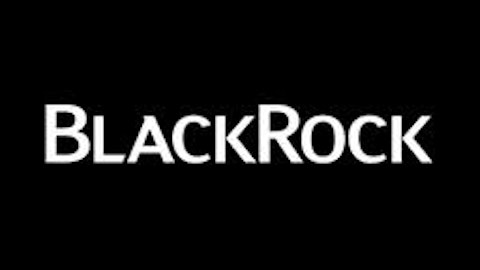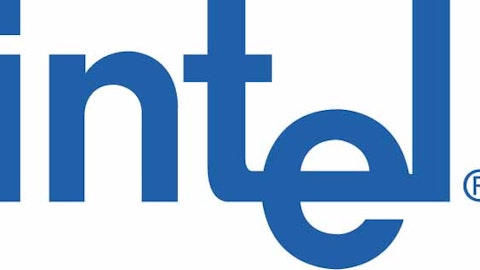
But despite these differences, both companies resemble some striking similarities. One can learn a lot on how not to run a public company by studying these two companies closely. In a striking contrast to Hewlett-Packard Company (NYSE:HPQ) and J.C. Penney Company, Inc. (NYSE:JCP), Wal-Mart Stores, Inc. (NYSE:WMT) Stores is a great example of how not to become the next J.C. Penney or the next HP.
Executive exodus
If you wish to perform an in-depth analysis of a media company, it’s always a good idea to watch the rate of churn very closely. This rate indicates the number of subscribers that abandoned the company or stopped receiving services during that time period. Now, HP and J.C. Penney Company, Inc. (NYSE:JCP) both seem to be suffering from an extremely high churn rate, not of subscribers but of their executives.
Hewlett-Packard Company (NYSE:HPQ) has gone through three CEOs in two years. Starting in 2010, longtime CEO Mark Hurd left following a sex scandal. Leo Apotheker replaced him. He was fired before his one-year anniversary last September. Now, former eBay CEO Meg Whitman holds the position. At a time when HP should have been developing strategies to regain market share and combat a falling market for PCs, it instead had to focus on shuffling executives. And J.C. Penney’s situation isn’t very different.
On Apr. 9, Ron Johnson, the man handpicked by billionaire hedge-fund manager Bill Ackman to turn J.C. Penney Company, Inc. (NYSE:JCP) around, was ousted after only a year and a half. His successor on the job was Myron Ullman III. For those of you with a short memory, let me kindly remind you that Myron was Johnson’s predecessor. That’s right. Johnson was replaced by a man that he himself replaced a year a go. If that’s not an indication of a total chaos in the company, then I don’t know what is. The market agreed with me on that. Following the announcement, the company’s share price nosedived by 13%.
Wal-Mart Stores, Inc. (NYSE:WMT), on the other hand, doesn’t play shuffle with its executives. It cherry picks them and they stick with it for years. No reason to change what’s working.
A turnaround story
There’s always some turnaround story going on for J.C. Penney and Hewlett-Packard Company (NYSE:HPQ). The former keeps trying to reinvent itself. Johnson’s first move as CEO was to rebrand J.C. Penney Company, Inc. (NYSE:JCP) as “JCP.” He also abandoned the retailer’s coupon program in favor of “fair and square” pricing. And he worked to make the department store more upscale by introducing a “store within a store” concept, where brands would have their own shop within a Penney store. But that didn’t help. When the coupons left, so did the customers. Johnson eventually admitted his error and reintroduced discounts. And while the updated stores did enjoy higher sales per square foot, it wasn’t enough to stop the downward spiral.
HP is also a big fan of reinventing itself. Hewlett-Packard Company (NYSE:HPQ) was caught with her pants down when everyone stopped getting excited about printers and ink. So it decided to become more “tech like.” Over the past decade it purchased desktop-computer brand “Compaq” and, more recently, the mobile device-maker Palm. As you can probably guess from the names, both turned out to be horrible investments that cost the company dearly.
Wal-Mart, on the other hand, has no need to reinvent or re-brand itself. Its business model is strong and decisive – It’s globally known as a low-cost retailer that profits from scale and size. You can see all that by looking at the company’s cash flow statement. In contrast to J.C. Penney Company, Inc. (NYSE:JCP), which burns through $1.3 billion per year, Wal-Mart has raked in more than $4.3 billion of cash flow in its last quarter alone.
Debt, and lots of it
The Foolish bottom line
Before you invest in a company, you must first ask yourself whether it can pass the “Wal-Mart test.” That company must be a cash flow monster with decisive management, bullet-proof business model and a conservative balance sheet. If it doesn’t pass that test, don’t invest in it. Otherwise, it may end up like J.C. Penney or HP at some point.
The article Why J.C. Penney and HP Are Twin Sisters originally appeared on Fool.com is written by Shmulik Karpf.
Copyright © 1995 – 2013 The Motley Fool, LLC. All rights reserved. The Motley Fool has a disclosure policy.

